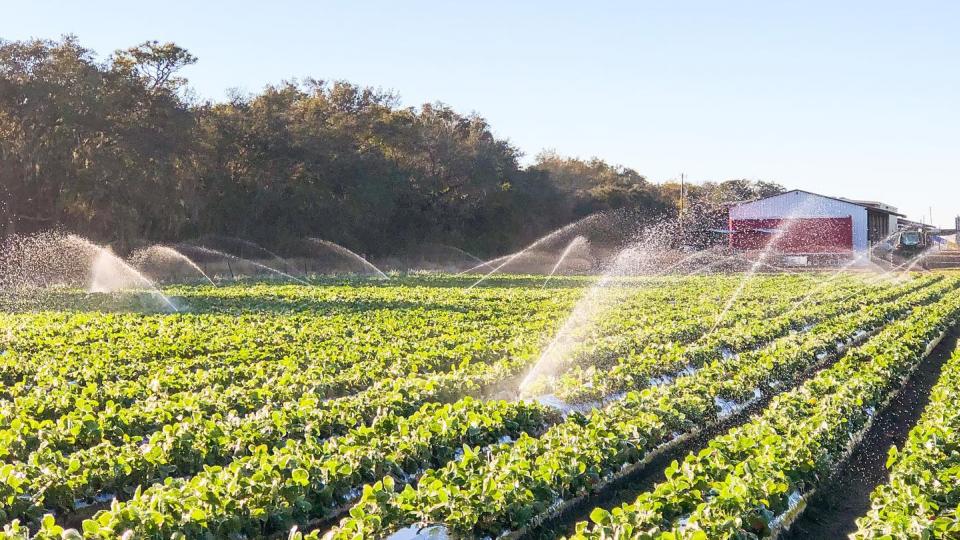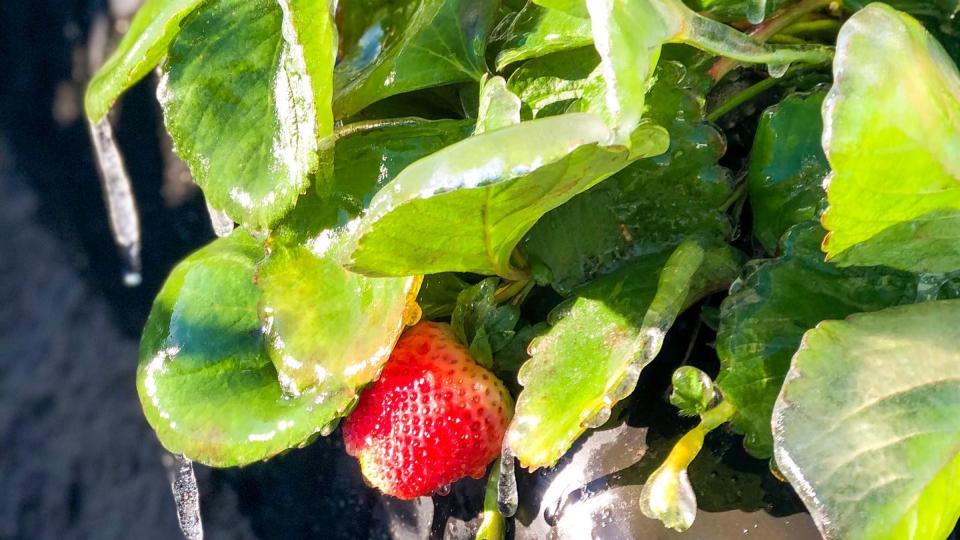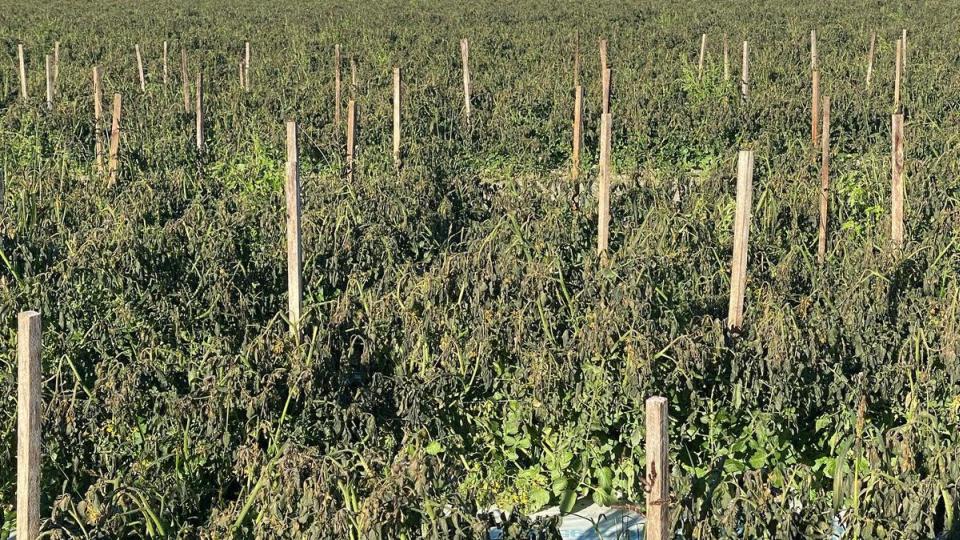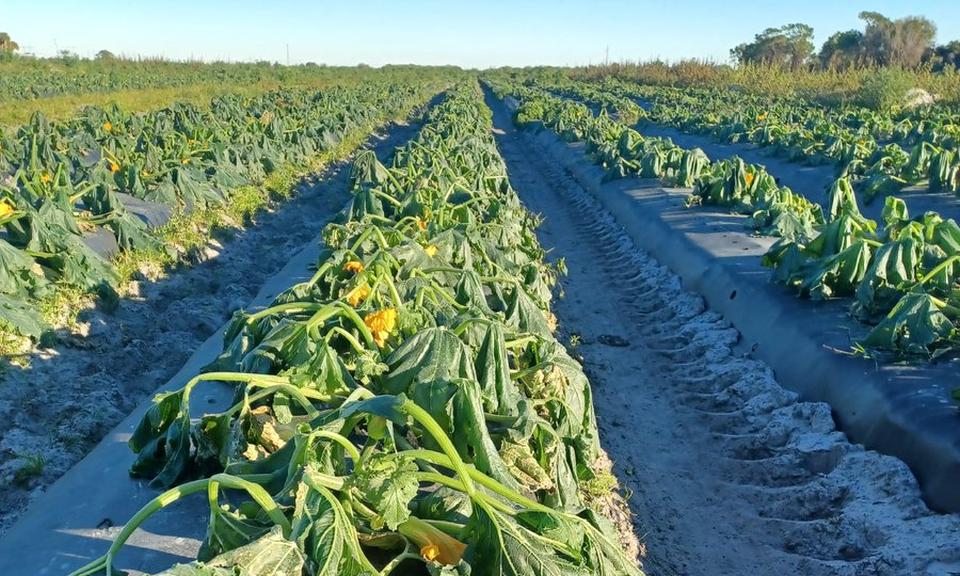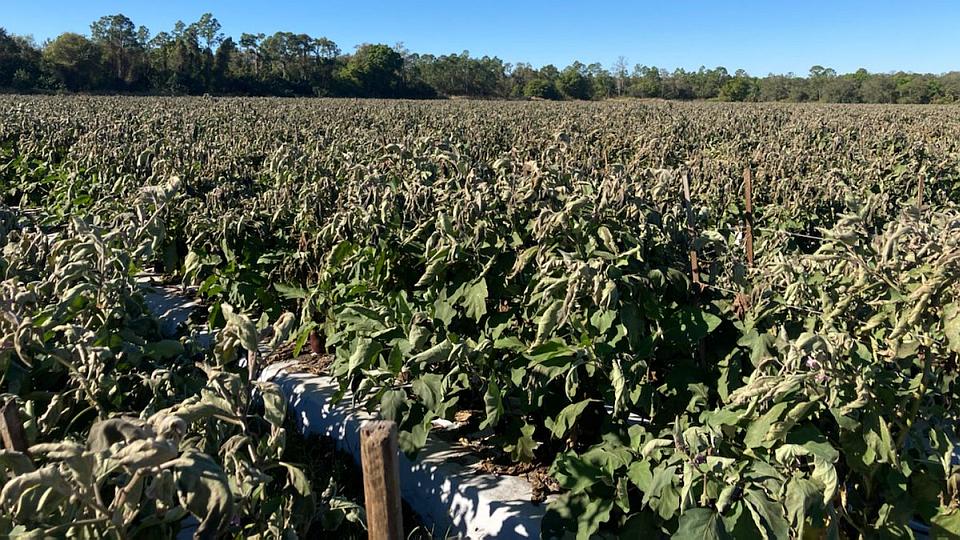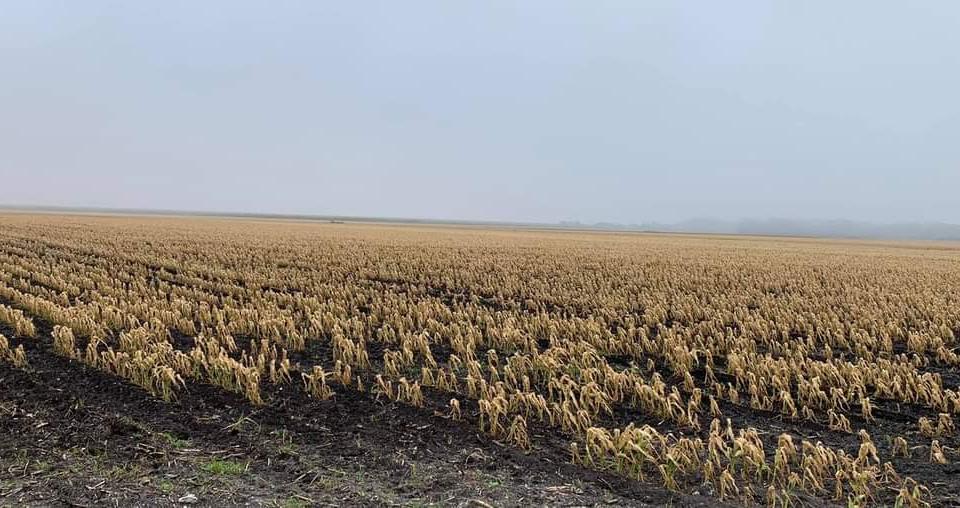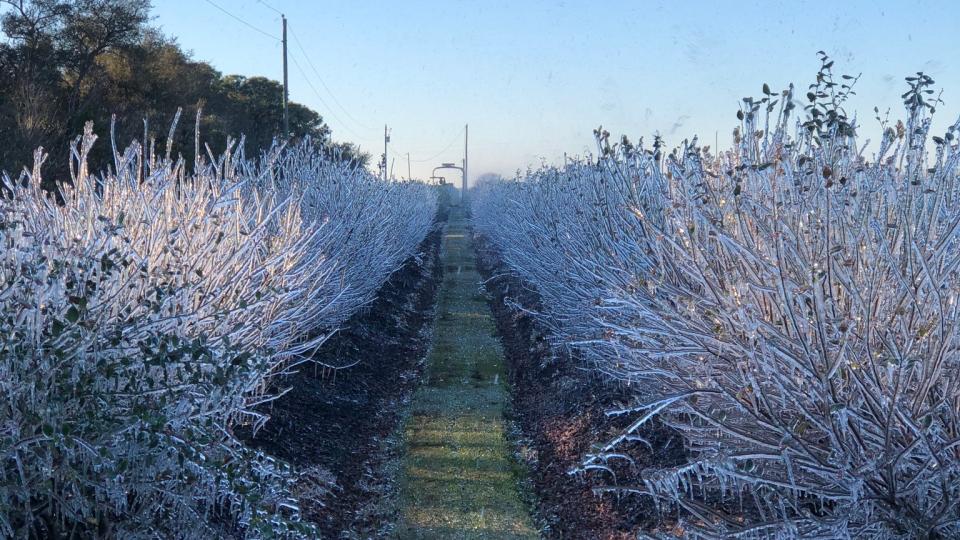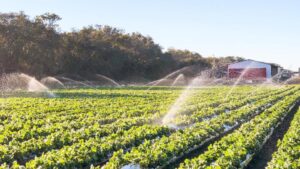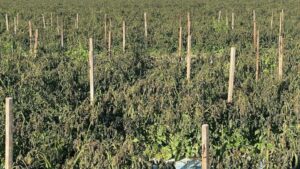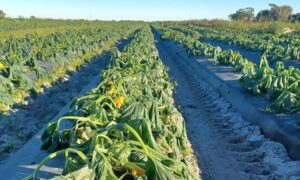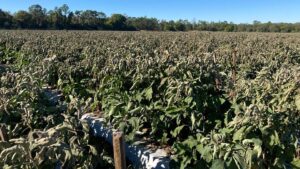State of Emergency in Florida To Help Growers Affected by Record Cold
The cold wave that flooded down into Florida on Jan. 28-30 forced growers to take extreme measures to save their crops. Their effort was not in vain. Gov. Ron DeSantis has signed an Executive Order declaring a state of emergency in more than 30 counties due to the freezing temperatures and their impact on local ag.
Prior to the state of emergency being issued, State Agriculture Commissioner Nikki Fried sent a letter to the Governor asking him to issue the order. The letter reads in part: “Our agriculture industry is our state’s second largest economic driver, and our farmers are the best in the world. They remain resilient in the face of continued unfair foreign trade, invasive pests and diseases, a global pandemic, and extreme weather – from hurricanes to now these record cold temperatures. But they need our help now to keep Florida growing.”
Part of the order eases transportation restrictions of any vehicles traveling within the state that are transporting agriculture commodities so impacted farmers can move as much product as possible while it is still salvageable.
To view a complete copy of the Executive Order declaring the state of emergency, click here.
Crop damage assessments are still ongoing in the wake of the cold snap, especially for citrus. Ray Royce, Executive Director of the Highlands County Citrus Growers Association, says the frigid air (the coldest in the last four to five years for some) has left much more damage behind in parts of the South-Central region than perhaps originally thought. “It will take some time to fully understand the impact on both the unharvested fruit and the damage to the new flush and bloom that was very prevalent in many locations due to a warmer winter pattern up until the freezing conditions of Jan. 29–30,” he said in an industry update.
Florida Citrus Mutual asked the Florida Department of Citrus to pursue emergency rulemaking to allow flexibility for affected growers to move their fruit to processors and packinghouses.
On a related note, the Florida Citrus Commission — in an emergency session — lowered the minimum ratio requirement for oranges to 8.5:1 with a minimum Brix of 8° (fresh and processed). This emergency rule will go into effect upon certification by the Secretary of State (anticipated no later than February 4, 2022) and will expire March 20, 2022. After March 20, the regular maturity standards will once again be in effect.
For growers impacted by the weather, USDA offers disaster assistance. Check out these resources:
Risk Management: Producers who have risk protection through Federal Crop Insurance or the Noninsured Crop Disaster Assistance Program (NAP) should report crop damage to their crop insurance agent or the local Farm Service Agency (FSA) office.
Producers with crop insurance should contact their agency within 72 hours of discovering damage and be sure to follow up in writing within 15 days. If you have NAP coverage, file a Notice of Loss (also called Form CCC-576) within 15 days of loss becoming apparent, except for hand-harvested crops, which should be reported within 72 hours.
To report any crop damage, FSA is directing producers to click here.





